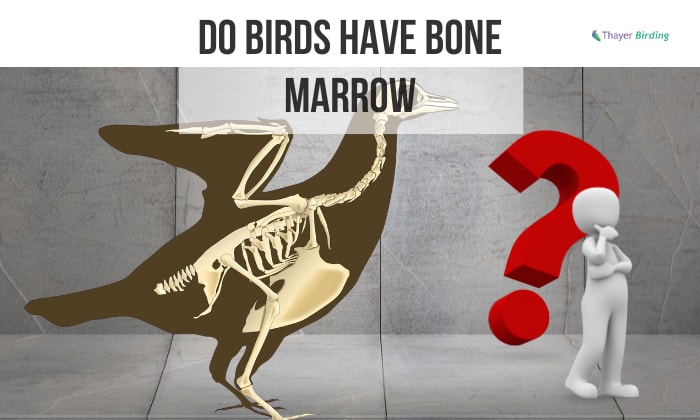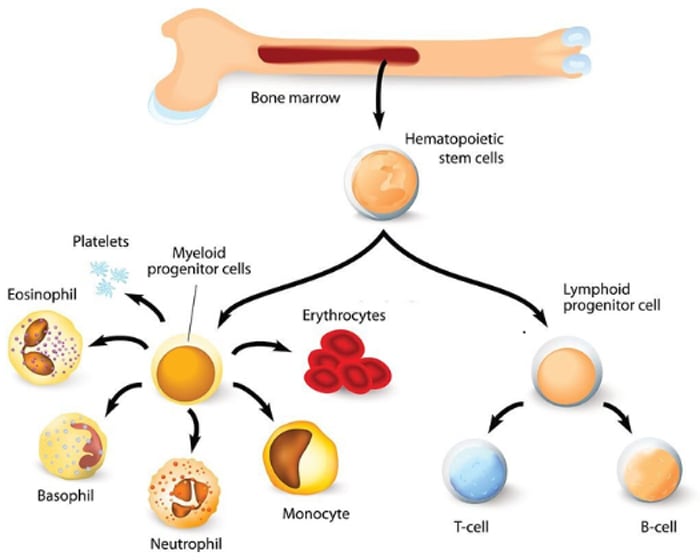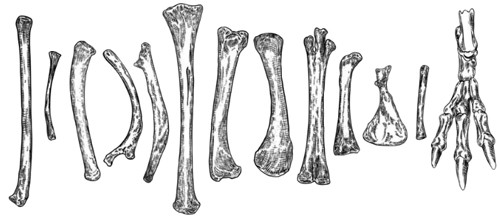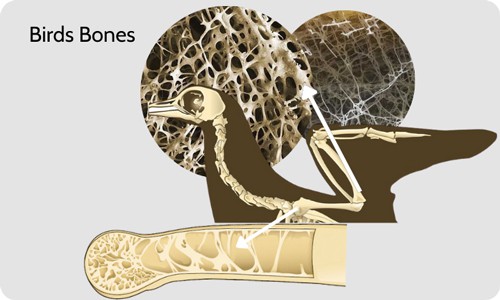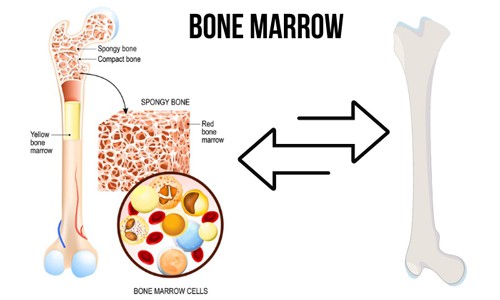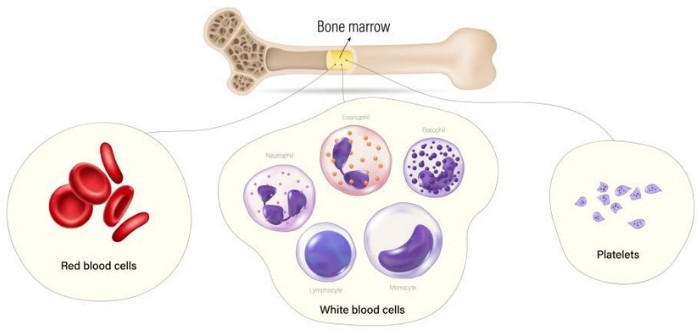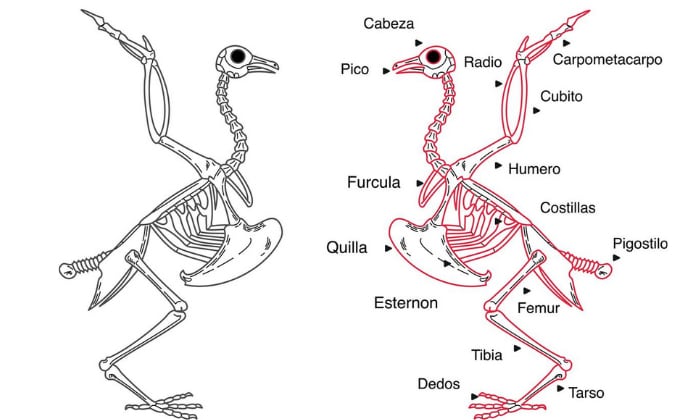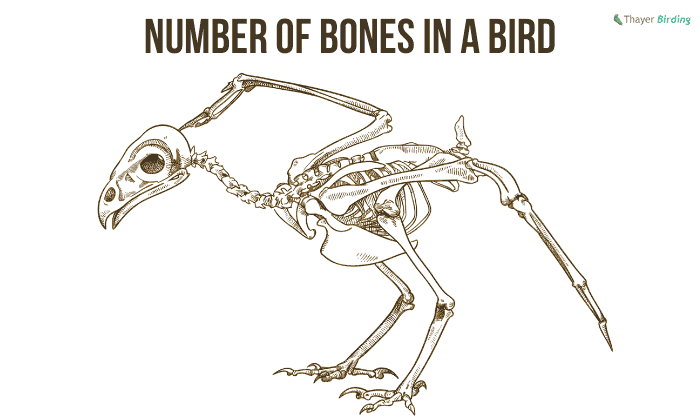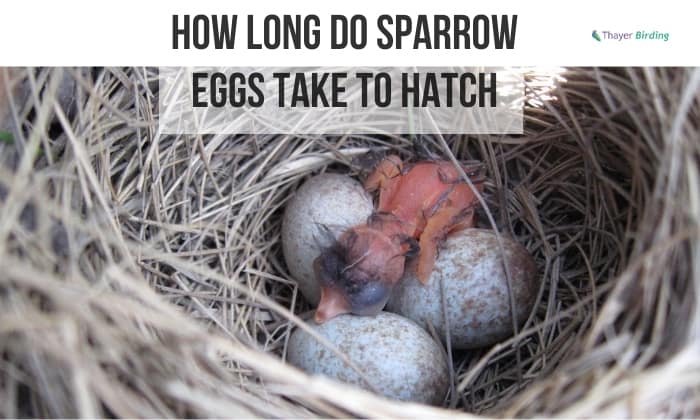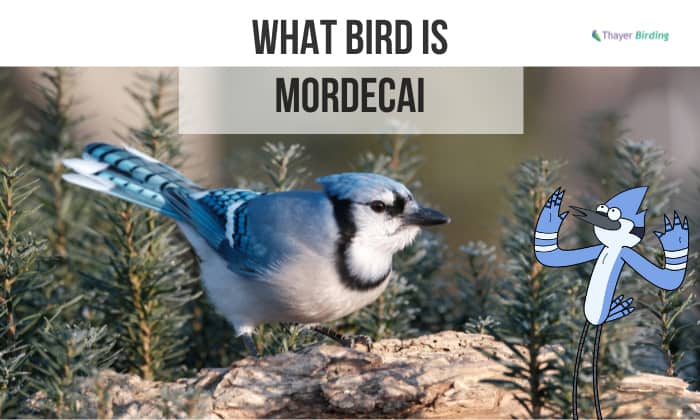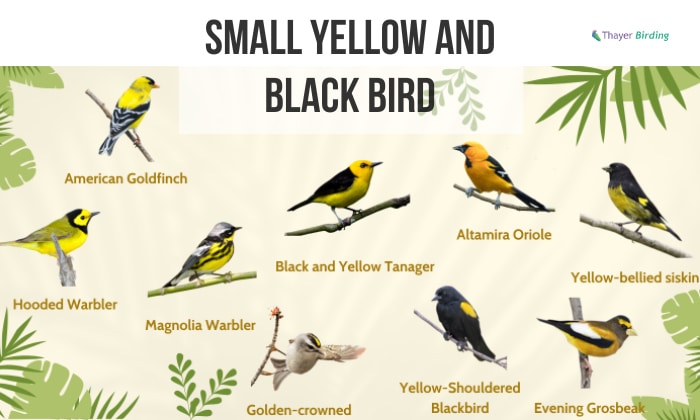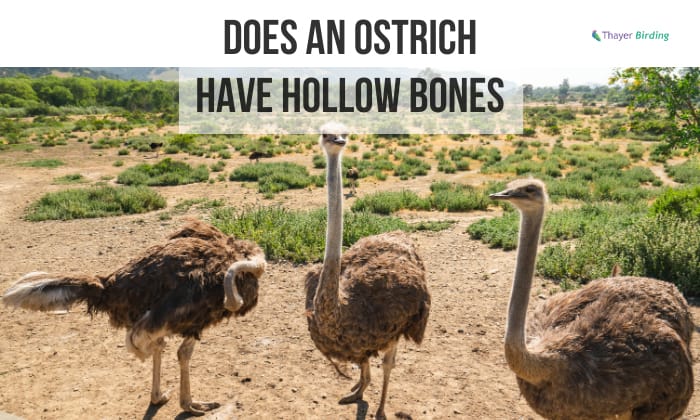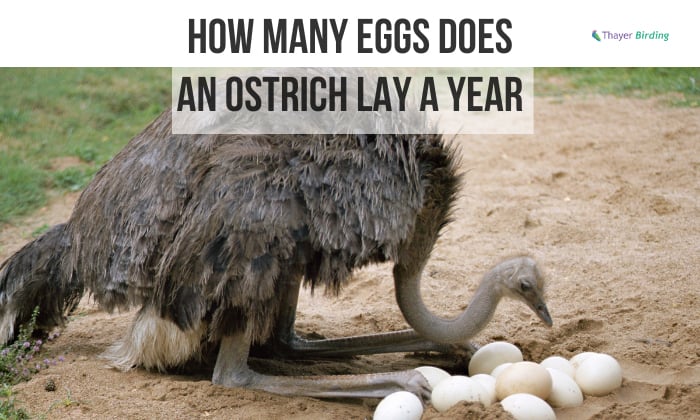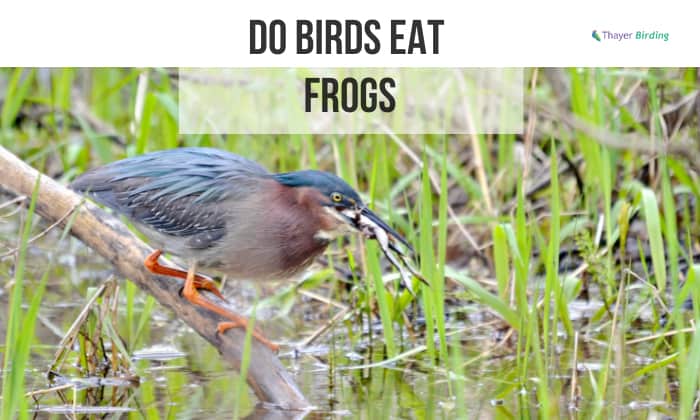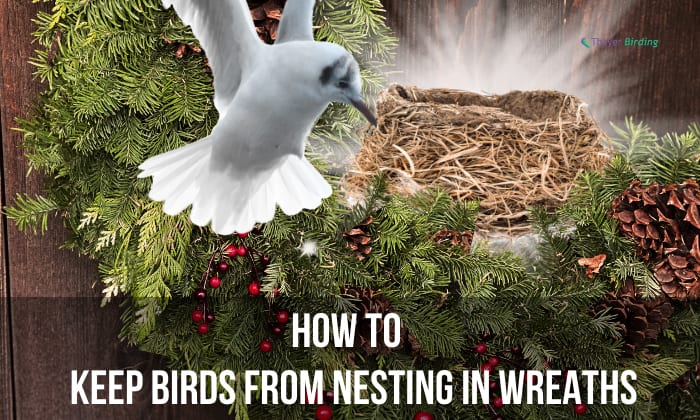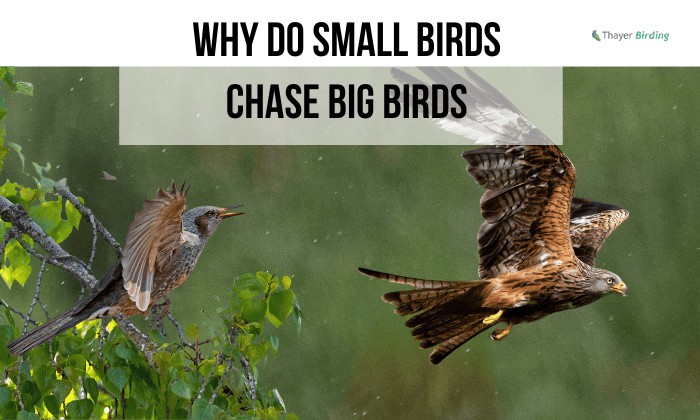Do birds have bone marrow? Yes, they do have bone marrow, the crucial element responsible for blood cell production. Their added weight also allows birds to achieve a perfect balance and rigidity essential for flight.
Since birds also have hollow bones, it’s understandable that you want a more in-depth exploration regarding the existence and role of bone marrow in avian species. Read on to find out more about these fascinating winged creatures.
Table of Contents
Do Birds Have Bone Marrow
Bone marrow is the soft and fatty tissue found inside the bones. Aside from fat, bone marrow is primarily made of stem cells, which can be either stromal or hemopoietic.
1. Solid Bones
Unlike mammals, most avians only have a few solid bones filled with marrow, such as the pelvic girdle, humerus, keel, etc. That said, flightless birds like penguins, auks, ostriches, and diving birds have entirely solid bones with marrow because they don’t need to maximize their aerodynamics.
2. Pneumatic Bones
For most birds, the majority of their skeleton is pneumatic bones, which consist of pockets that hold air. These bones are connected to the respiratory system and help reduce the weight to optimize their flying ability.
Generally speaking, pneumatic bones in bird skeletal system are devoid of marrow. However, some still have minimal bone marrow at their ends. For example, the cancellous bone’s tip is filled with this tissue.
To help you visualize, let’s take a look at how human and bird bone structures differ. As you can see, the inside of bird bones is not completely hollow like a straw, so it’s possible for the marrow to be dispersed in these bones.
3. What Type of Bone Marrow Do Birds Have?
The bone marrow comes in two colors: red and yellow. Depending on this, their composition, function, and location vary. Here’s a simple table to distinguish these two:
| Property | Red Marrow | Yellow Marrow |
| Description | Highly vascularized | Can convert back to red marrow |
| Function | Produce red blood cells | Repository for fats |
| Composition | High concentration of cells | Rich in adipose or fatty cells |
| Location | Flat bones | Long bones |
When a bird is in its early stages of development, it tends to have high levels of bone marrow, particularly the red type. However, some red marrow will soon change into yellow so the birds can store fat and energy.
Functions of Bird Bone Marrow
What does bone marrow do? They are bones that make red blood cells that transport oxygen to the lungs. The bone marrow function is important in hematopoiesis.
Hematopoiesis is more commonly known as blood cell production. It ensures a healthy level of blood cells to transport oxygen and supports normal immune responses like fighting infection and blood clotting.
The production of these red blood cells (erythrocytes), white blood cells (leukocytes), and platelets (thrombocytes) takes place in the bone marrow and is called medullary hematopoiesis. The blood cells are then let out into the bloodstream, where it travels in the body to do what it’s supposed to do.
There are also cases where hematopoiesis happens outside the bone marrow, in the spleen, and in the liver. This is referred to as extramedullary hematopoiesis.
Where is Bone Marrow Located in Birds?
We already know that bone marrow cannot be found in every bird bone, so what bones create the blood cells?
- Femur
- Pubis
- Radius
- Ulna
- Tibiotarsus
- Scapula
- Clavicles
- Some vertebrae
- Pelvic girdle
- Humerus
For instance, you can have a look at the picture below, in which the dark bones contain marrows. The bone marrow is situated in the medullary cavity at the center of these bones. There is a hard layer covering the marrow called the periosteum.
Conclusion
Do birds have bone marrow? I bet you can confidently answer this question after reading the article we put together. We hope that reading it has satisfied your curiosity and added to your bird anatomy knowledge.
If you know someone who might find this article interesting, feel free to share it with them. It could lead to an engaging discussion about avian biology. We are also open to hearing your thoughts, so comment them below.

George and I became friends after a birdwatching trip with our new group. And we have been enjoying every adventure together. When he told me the idea of establishing a site that shares our experiences and fun, I immediately agreed. After trials and errors, here we have Thayerbirding.


